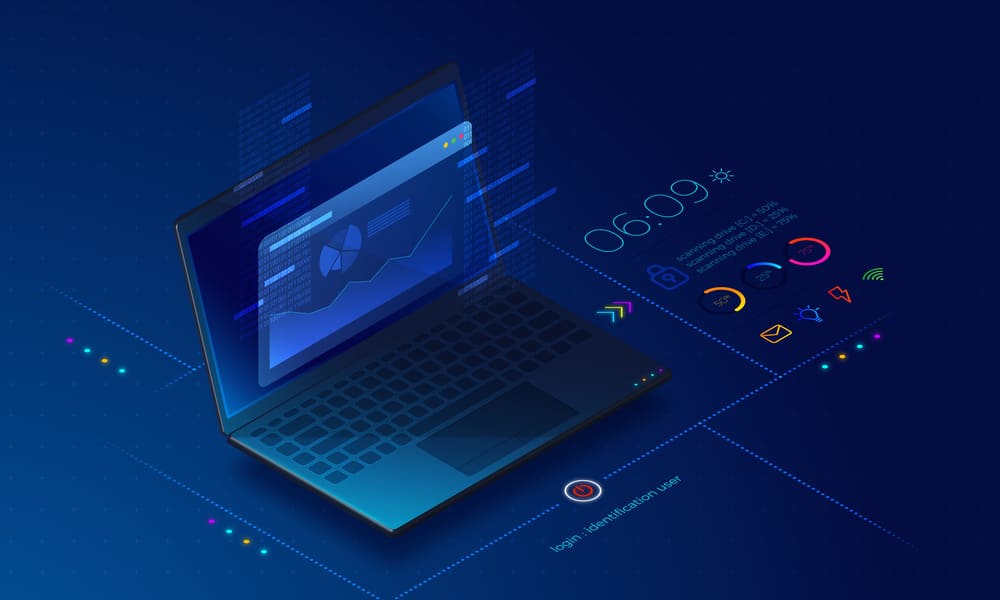
As a Swift developer, mastering Grand Central Dispatch (GCD) is essential for building highly responsive and efficient iOS and macOS applications. In this comprehensive guide, we will explore GCD’s core concepts, delve into practical examples, and cover advanced techniques to take your concurrency management skills to the next level.
Understanding GCD
Grand Central Dispatch is Apple’s low-level API for managing concurrent tasks. It’s designed to make the most efficient use of multiple processor cores, ensuring that your app remains responsive and efficient. GCD abstracts many of the complexities of multithreading, making it easier to write concurrent code.
Core Concepts
1. Queues
GCD revolves around queues. A queue is a thread-safe data structure that holds tasks for execution. There are two main types of queues in GCD:
- Serial Queues: Tasks are executed one at a time, in the order they are added. This ensures a predictable, sequential flow of operations.
- Concurrent Queues: Tasks can be executed simultaneously, allowing for better utilization of multiple processor cores.
2. Tasks
A task is a block of code that you want to execute. Tasks can be added to queues for execution. They can be synchronous or asynchronous:
- Synchronous Tasks: These block the current thread until they complete. They are ideal for tasks that must finish before moving on.
- Asynchronous Tasks: These allow the current thread to continue executing while the task runs in the background, ensuring your app remains responsive.
3. Global Queues
GCD provides a set of global concurrent queues with different Quality of Service (QoS) classes. These classes include user-interactive, user-initiated, utility, and background. These queues are shared among all apps on the system.
Practical Examples
1. Dispatching Tasks
Let’s start with a basic example of dispatching tasks to a concurrent queue:
let concurrentQueue = DispatchQueue.global(qos: .userInitiated)
concurrentQueue.async {
// Your code here
print("Task 1")
}
concurrentQueue.async {
// Your code here
print("Task 2")
}
2. Serial Execution
Now, let’s demonstrate serial execution using a serial queue:
let serialQueue = DispatchQueue(label: "com.example.serialQueue")
serialQueue.async {
// Your code here
print("Task 1")
}
serialQueue.async {
// Your code here
print("Task 2")
}
3. Background Processing
GCD is perfect for offloading background tasks to keep your app responsive:
DispatchQueue.global(qos: .background).async {
// Perform background tasks here
print("Background task")
}
Advanced Techniques
1. Dispatch Groups
Dispatch Groups allow you to track the completion of multiple tasks. Here’s an example:
let group = DispatchGroup()
group.enter()
concurrentQueue.async {
// Task 1
group.leave()
}
group.enter()
concurrentQueue.async {
// Task 2
group.leave()
}
group.notify(queue: .main) {
// This code runs when all tasks are completed
print("All tasks are done")
}
3. Custom Serial Queues
You can create custom serial queues for more advanced control:
let customSerialQueue = DispatchQueue(label: "com.example.customSerialQueue")
customSerialQueue.async {
// Your code here
print("Task 1")
}
customSerialQueue.async {
// Your code here
print("Task 2")
}Thirsty For More?
Let’s explore more advanced examples of Grand Central Dispatch (GCD) in Swift:
4. Dispatch Work Item
A DispatchWorkItem allows you to encapsulate a block of work and execute it with GCD. It’s particularly useful when you need to control or cancel the execution of tasks. Here’s an example:
let workItem = DispatchWorkItem {
// Your code here
print("Work item is executed")
}
// Execute the work item on a queue
let queue = DispatchQueue.global(qos: .userInitiated)
queue.async(execute: workItem)
// You can cancel the work item if needed
workItem.cancel()
5. Delayed Execution
GCD can be used to delay the execution of a task. This is handy for scenarios like adding a delay before performing a UI update:
DispatchQueue.main.asyncAfter(deadline: .now() + 3.0) {
// This code executes after a 3-second delay
print("Delayed task executed")
}
6. Dispatching Once
GCD can ensure that a block of code is executed only once, no matter how many times it’s dispatched. This is useful for lazy initialization or setup:
private var initialized = false
private let initOnce: Void = {
// Initialization code here
initialized = true
}()
func initialize() {
_ = initOnce
if initialized {
print("Initialization is done.")
}
}
// Call initialize() multiple times, but it initializes only once
initialize()
initialize()
7. Concurrent Iterations
GCD can be used for concurrent iterations over a collection, improving performance when processing large datasets:
let data = [1, 2, 3, 4, 5, 6, 7, 8, 9, 10]
let concurrentQueue = DispatchQueue.global(qos: .userInitiated)
DispatchQueue.concurrentPerform(iterations: data.count) { index in
let element = data[index]
print("Processing element \(element)")
}
8. Dispatch Barriers
In concurrent queues, you can use dispatch barriers to ensure exclusive access to a resource. This is beneficial when you need to perform write operations that should not be interrupted by read operations:
let concurrentQueue = DispatchQueue(label: "com.example.concurrentQueue", attributes: .concurrent)
concurrentQueue.async {
// Read operation
print("Reading data")
}
concurrentQueue.async(flags: .barrier) {
// Write operation
print("Writing data")
}
concurrentQueue.async {
// Another read operation
print("Reading data again")
}
9. Custom Dispatch Groups
While Dispatch Groups are commonly used for tracking tasks, you can create custom dispatch groups to manage more complex scenarios:
let customGroup = DispatchGroup()
customGroup.enter()
customQueue.async {
// Task 1
customGroup.leave()
}
customGroup.enter()
customQueue.async {
// Task 2
customGroup.leave()
}
customGroup.notify(queue: .main) {
// This code runs when all custom tasks are completed
print("All custom tasks are done")
}
Benefits of GCD
- Optimal Resource Utilization: GCD manages thread creation and management, ensuring efficient resource utilization.
- Responsive Apps: GCD allows you to offload time-consuming tasks, keeping your app responsive.
- Clean and Maintainable Code: GCD simplifies complex multithreading code, making it easier to read and maintain.
Conclusion
Grand Central Dispatch is a versatile tool for managing concurrency in Swift. With a solid understanding of its core concepts and practical examples, you can build applications that are highly responsive and efficient. From basic task execution to advanced techniques like Dispatch Groups and Semaphores, GCD empowers you to tackle complex concurrency challenges. Incorporate GCD into your next Swift project and unlock its potential for building high-performance apps.
** Image by freepik.com
Add a Comment